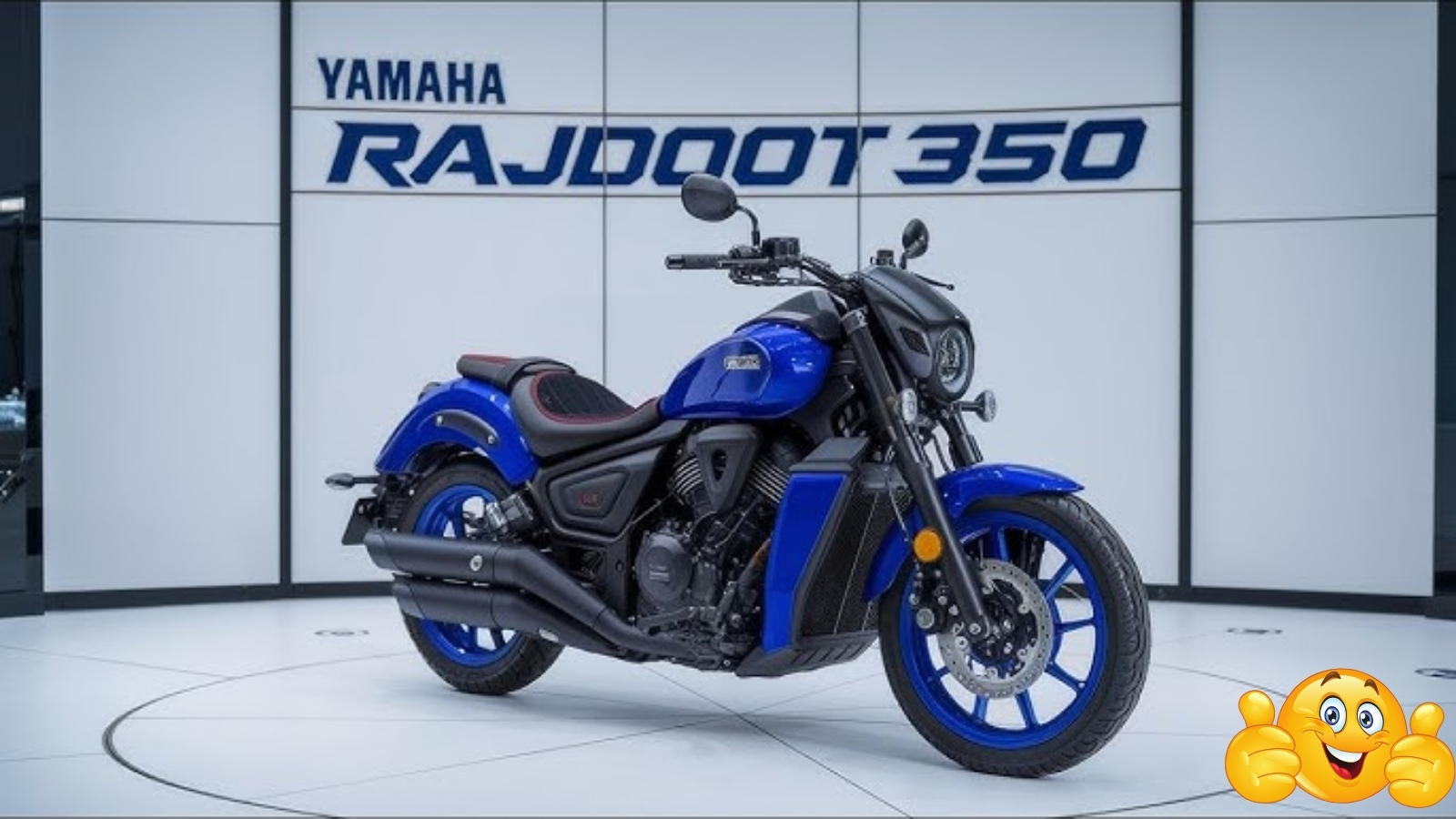Rajdoot 350: In the golden era of Indian motorcycling, when simplicity met raw power and mechanical honesty was valued above electronic sophistication, the Rajdoot 350 emerged as the undisputed king of the highways. This Polish-engineered marvel became more than just a motorcycle – it transformed into a cultural icon that embodied the aspirations, adventures, and mechanical passion of countless Indian riders across decades of faithful service.
Engineering Heritage: European Craftsmanship Meets Indian Resilience
The Rajdoot 350’s lineage traces back to the industrial workshops of Poland, where it was conceived as a robust, practical motorcycle designed to handle the demanding conditions of post-war European transportation needs. When this technology migrated to Indian shores through carefully negotiated licensing agreements, it encountered a market perfectly suited to its straightforward engineering philosophy.
What distinguished the Rajdoot from contemporary machines was its unwavering commitment to mechanical simplicity without sacrificing performance capabilities. The designers had created a motorcycle that could be completely understood by studying its components, repaired using basic workshop tools, and modified according to individual preferences without requiring specialized knowledge or expensive diagnostic equipment.
The manufacturing process emphasized durability over refinement, creating motorcycles that could withstand the punishing conditions of Indian roads while maintaining reliable operation across hundreds of thousands of kilometers. This robustness became legendary among riders who depended on their machines for daily livelihood rather than weekend recreation.
The two-stroke engine technology represented the pinnacle of efficiency in power-to-weight ratios, delivering impressive performance from relatively modest displacement while maintaining mechanical accessibility that encouraged owner involvement in maintenance and modification activities.
Power and Performance: The Thrilling World of Two-Stroke Dynamics
The beating heart of the Rajdoot 350 was its single-cylinder, two-stroke powerplant that produced a distinctive exhaust symphony unlike anything available in contemporary motorcycles. This engine delivered power characteristics that demanded respect and rewarded skilled operation with exhilarating performance that modern four-stroke engines struggle to replicate.
Power delivery came in sudden, dramatic surges that required careful throttle management but provided acceleration that felt far more impressive than displacement figures suggested. This characteristic made the Rajdoot particularly appealing to riders who appreciated machines that responded dramatically to their inputs rather than providing sanitized, predictable power delivery.
The engine’s design philosophy prioritized immediate throttle response over smooth power curves, creating a riding experience that kept operators actively engaged throughout every journey. This involvement fostered deep mechanical understanding and riding skills that served owners well throughout their motorcycling careers.
Fuel consumption patterns reflected the two-stroke engine’s operational characteristics, with efficiency varying dramatically based on riding style and maintenance quality. Skilled operators who understood their machines could achieve remarkable fuel economy, while aggressive riding produced correspondingly higher consumption figures.

Mechanical Simplicity: A Master Class in Accessible Engineering
Perhaps the Rajdoot 350’s greatest strength lay in its mechanical transparency, with every system designed for easy understanding and straightforward maintenance. The carburetor, ignition system, and transmission could be completely overhauled using common workshop tools and readily available components.
The two-stroke engine’s lubrication system, which required mixing oil with fuel, initially seemed primitive compared to four-stroke alternatives but proved remarkably effective while remaining completely comprehensible to operators. This system encouraged owners to understand their machines’ needs rather than simply depending on service centers for basic maintenance.
Electrical systems maintained admirable simplicity, with straightforward wiring layouts that could be traced and repaired by anyone with basic electrical knowledge. This accessibility proved invaluable for riders who traveled extensively and needed the confidence that mechanical problems could be resolved without specialized support.
The transmission and clutch systems operated on fundamental mechanical principles that remained virtually unchanged throughout the production run, ensuring that knowledge gained about early models remained relevant for later versions.
Cultural Phenomenon: Beyond Transportation to Legend
The Rajdoot 350 transcended its utilitarian origins to become a symbol of freedom, adventure, and mechanical sophistication that resonated deeply with Indian youth across multiple generations. Ownership represented not just transportation capability but membership in an exclusive community of enthusiasts who understood and appreciated authentic motorcycling experiences.
The motorcycle’s mechanical accessibility created a generation of mechanically literate riders who could diagnose problems, perform repairs, and implement modifications that enhanced performance or customized appearance according to individual preferences. This hands-on involvement fostered deep emotional connections between riders and their machines.
Rajdoot gatherings became social events where owners shared maintenance techniques, modification ideas, and adventure stories that created lasting friendships based on shared mechanical interests and riding experiences.
Volkswagen Tayron will be launch soon 7 seater SUV for big family
Enduring Legacy: Influence on Modern Motorcycling Culture
The Rajdoot 350’s impact on Indian motorcycling culture continues reverberating through contemporary markets, where buyers still seek machines that provide authentic riding experiences rather than merely convenient transportation. The motorcycle established benchmarks for performance, reliability, and owner involvement that influence purchasing decisions decades after production ended.
Rajdoot 350: Conclusion: The Timeless Appeal of Authentic Motorcycling
The Rajdoot 350 remains revered because it represented motorcycling in its purest form – challenging, rewarding, and deeply engaging. For those fortunate enough to experience genuine Rajdoot ownership, no modern motorcycle can fully replicate the authentic connection between rider and machine that defined this legendary Polish-Indian collaboration.